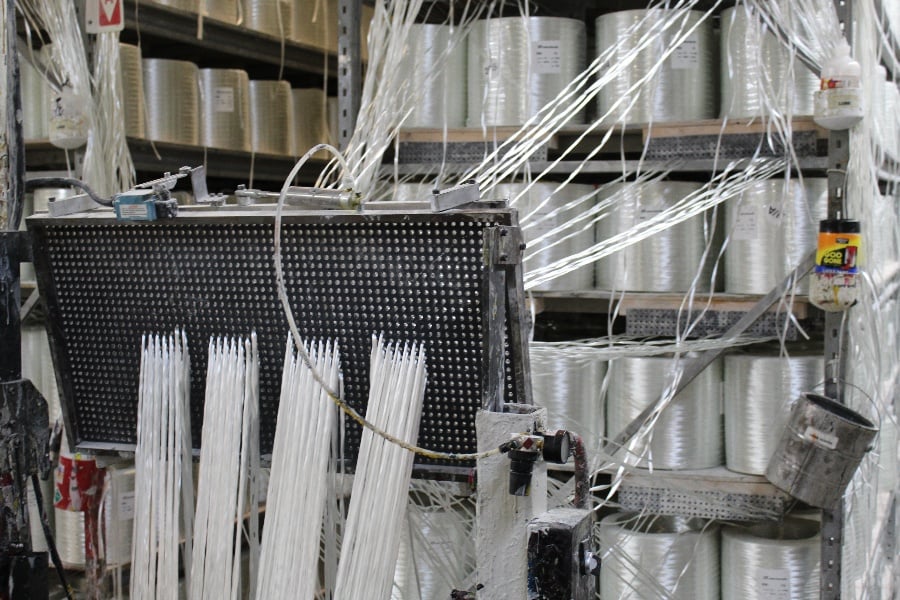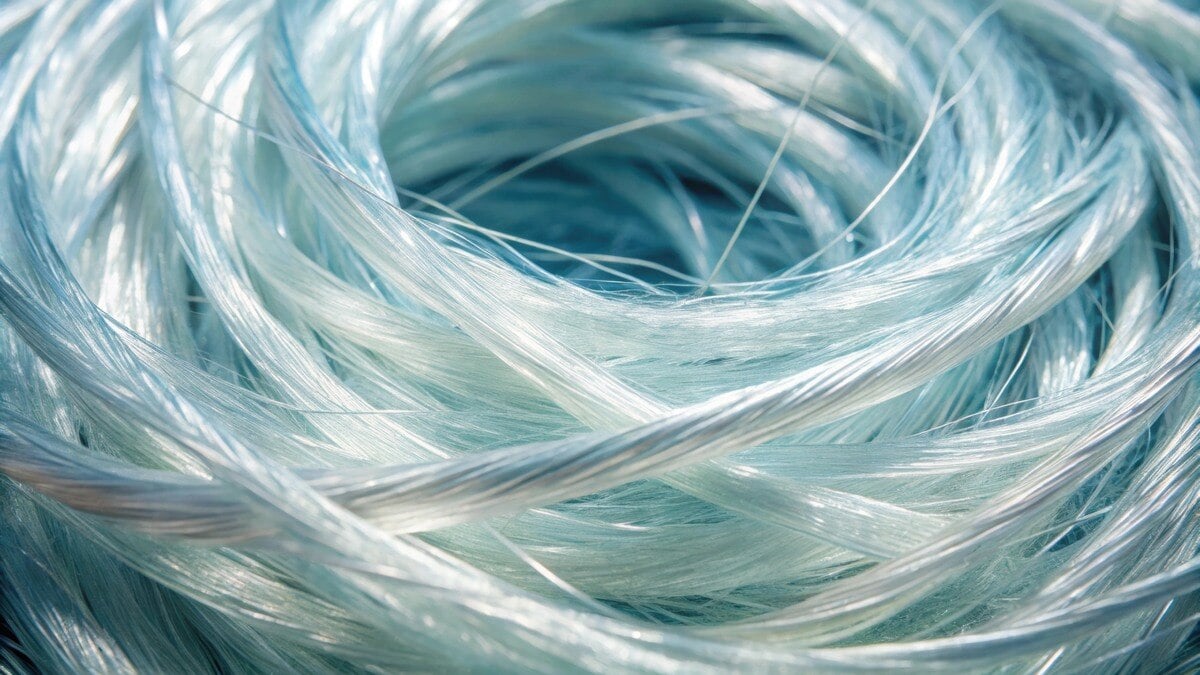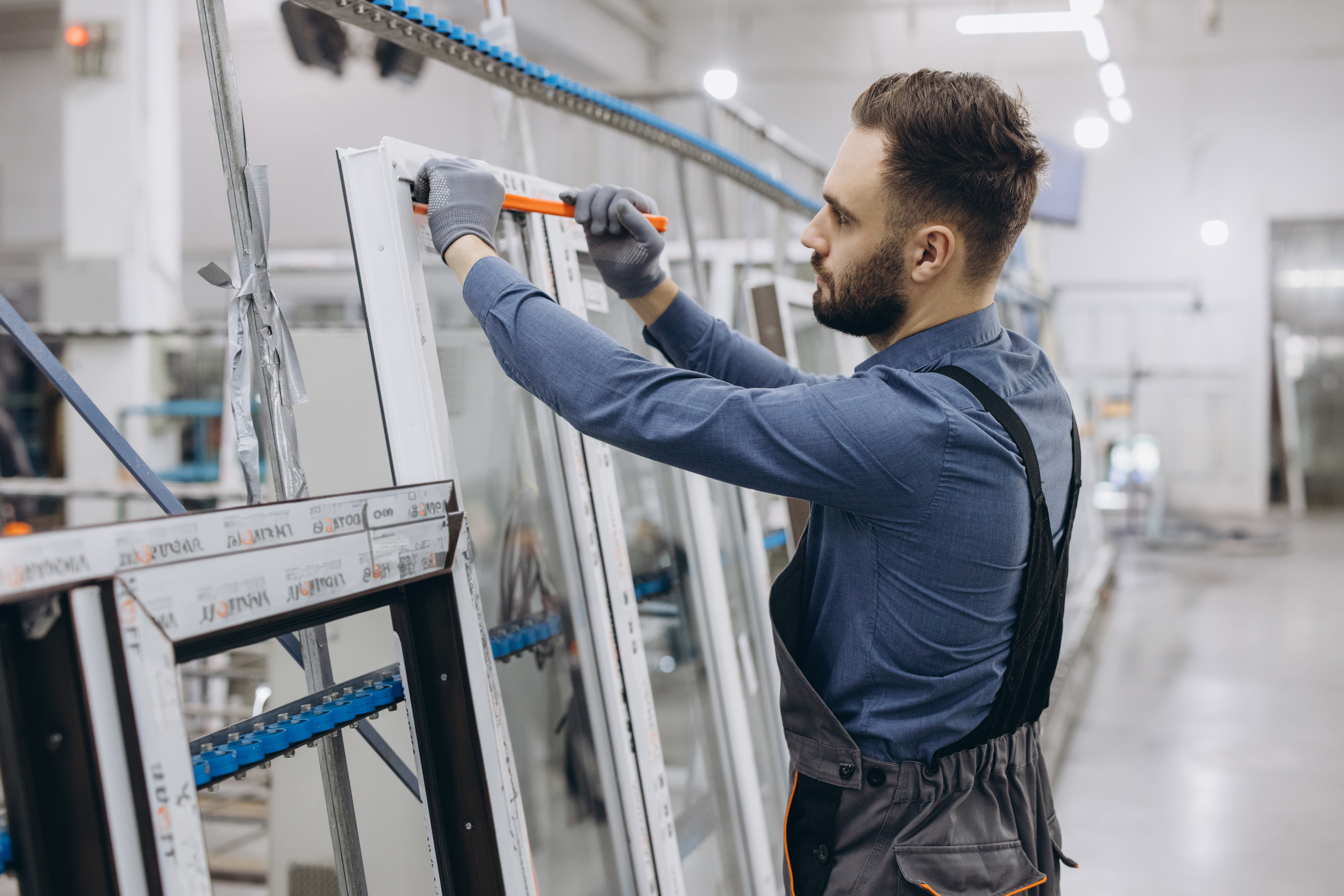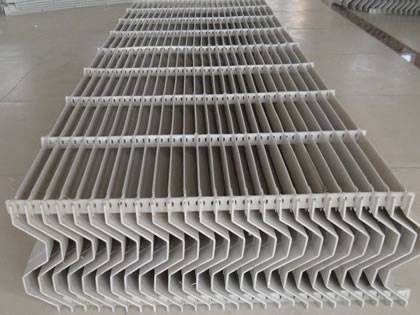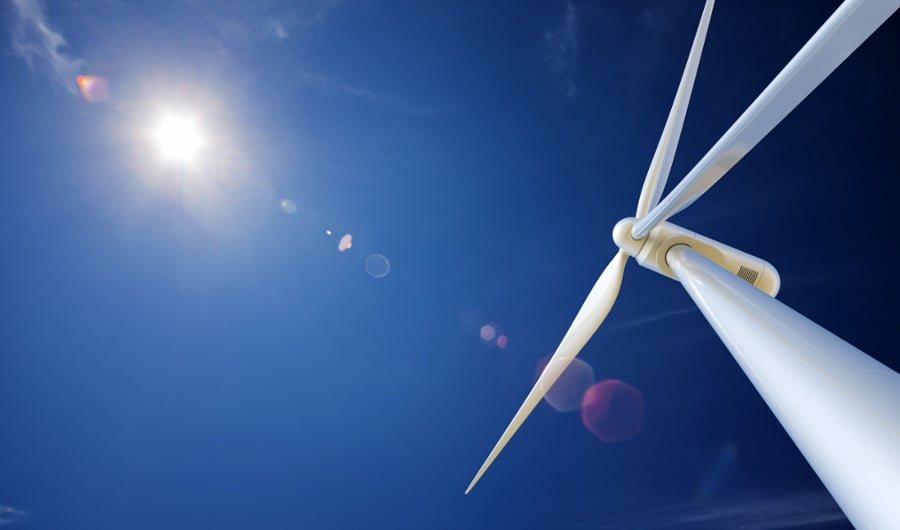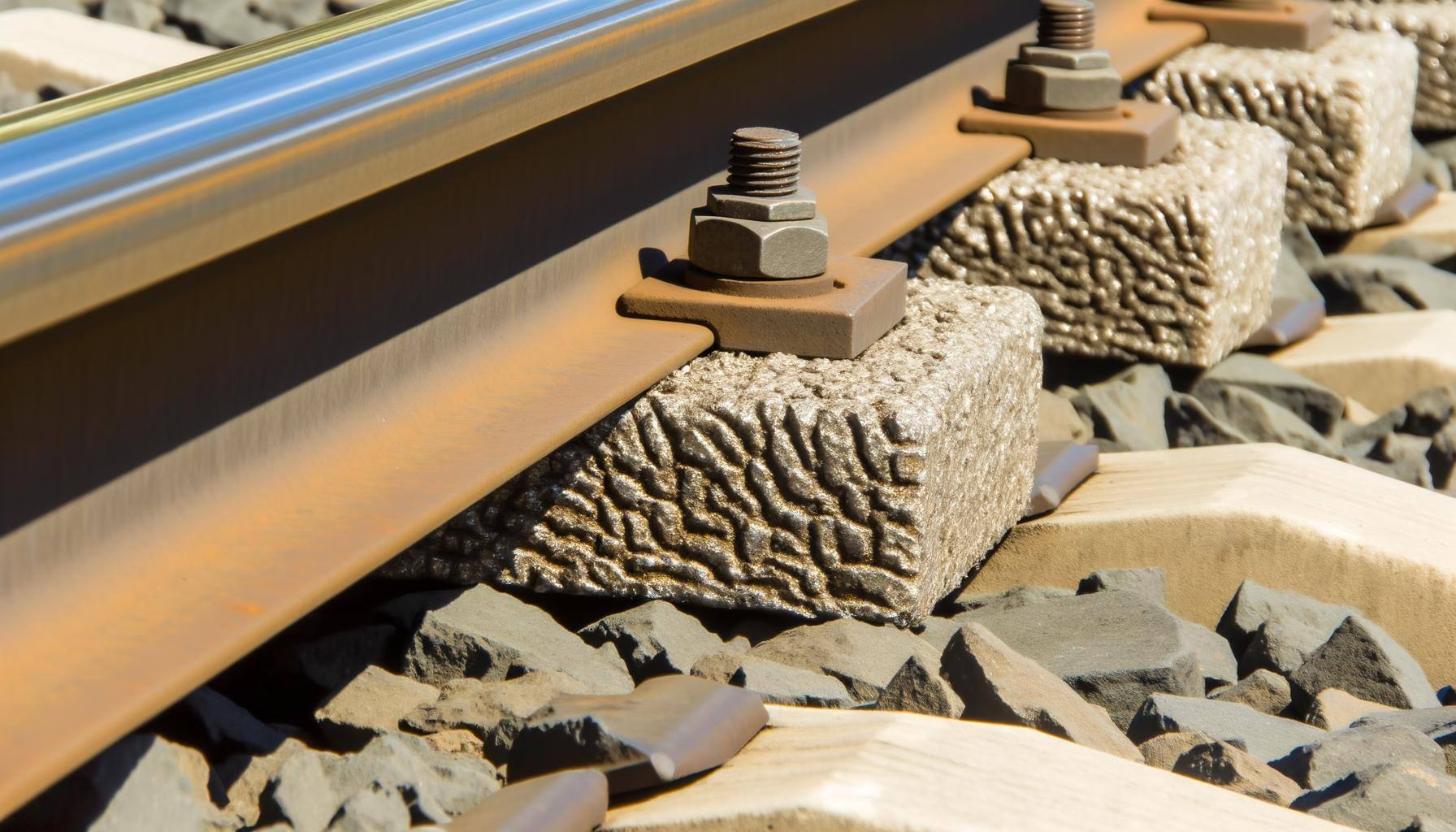
In the ever-evolving landscape of manufacturing, you're constantly seeking innovative materials to enhance your products and processes. Enter FRP (Fiber Reinforced Polymer of which the most common fibers used are Carbon, Aramid, and Glass, all of which have their own advantages and disadvantages) and pultruded fiberglass FRP—two game-changing options that are revolutionizing the industry.
These advanced composites offer a unique combination of strength, durability, and versatility that traditional materials simply can't match. As you explore ways to optimize your manufacturing operations, understanding the advantages of FRP and pultruded fiberglass FRP becomes crucial. From their exceptional strength-to-weight ratio to their resistance to corrosion and chemicals, these materials are opening up new possibilities across various sectors.
Discover how incorporating FRP and pultruded fiberglass FRP can transform your manufacturing capabilities and give you a competitive edge in today's market.
Overview of Fiberglass Reinforced Plastics (FRP)
Fiberglass Reinforced Plastics (FRP), also known as Glass Fiber Reinforced Polymers (GFRP), are composite materials that combine glass fibers with a polymer matrix. This innovative material offers a unique blend of properties that make it increasingly popular in the manufacturing and construction industries.
Composition and Structure
FRP consists of two main components:
-
Glass fibers: Provide strength and stiffness
-
Polymer resin: Acts as a binder and protects the fibers
The glass fibers are typically arranged in specific orientations within the resin to optimize performance for different applications.
Key Characteristics
FRP materials boast several advantageous properties:
-
High strength-to-weight ratio
-
Corrosion resistance
-
Electrical insulation
-
Dimensional stability
-
Customizable properties
These characteristics make FRP an attractive alternative to traditional materials like steel, aluminum, and wood in various industries, from aerospace to infrastructure.
Key Benefits of Using Fiberglass FRP Materials
Superior Strength-to-Weight Ratio
FRP materials offer an exceptional strength-to-weight ratio, making them ideal for manufacturing applications where lightweight yet durable components are crucial. This property allows for the creation of robust structures that are significantly lighter than traditional materials like steel or aluminum, leading to improved fuel efficiency in transportation and easier handling in various industries.
Corrosion Resistance
One of the standout advantages of FRP materials is their remarkable resistance to corrosion. Unlike metal alternatives, FRP components don't rust or deteriorate when exposed to harsh chemicals, salt water, or extreme weather conditions. This durability translates to longer-lasting products, reduced maintenance costs, and improved safety in corrosive environments.
Design Flexibility
FRP materials provide manufacturers with unparalleled design flexibility. The pultruded fiberglass process allows for the creation of complex shapes and profiles that would be challenging or impossible to achieve with traditional materials. This versatility enables innovative product designs and the ability to tailor components to specific performance requirements, enhancing both form and function in manufacturing applications.
Typical Applications of Fiberglass FRP in Manufacturing
Structural Components
FRP finds extensive use in manufacturing structural components across various industries. Its high strength-to-weight ratio makes it ideal for aerospace applications, where lightweight yet durable materials are crucial. In the automotive sector, FRP is utilized for body panels, chassis components, and interior parts, contributing to improved fuel efficiency and performance.
Corrosion-Resistant Equipment
Industries dealing with harsh chemicals or marine environments benefit greatly from FRP's corrosion-resistant properties. Chemical processing plants use FRP for tanks, pipes, and vessels that handle corrosive substances. Similarly, the marine industry employs FRP in boat hulls, decks, and offshore structures to withstand saltwater exposure.
Electrical Insulation
FRP's excellent electrical insulation properties make it a go-to material for manufacturing components in the electrical and electronics industry. It's commonly used in circuit boards, switchgear housings, and insulating rods, providing both safety and reliability in electrical systems.
Conclusion
As you consider materials for your next manufacturing project, FRP and pultruded fiberglass FRP offer compelling advantages that warrant serious consideration. Their exceptional strength-to-weight ratio, corrosion resistance, and design flexibility make them ideal for a wide range of applications across industries. By leveraging these advanced composites, you can enhance product performance, reduce lifecycle costs, and gain a competitive edge. While initial investment may be higher than traditional materials, the long-term benefits often yield significant returns.
As manufacturing continues to evolve, FRP and pultruded fiberglass FRP stand poised to play an increasingly vital role in shaping the future of durable, efficient, and innovative products.






